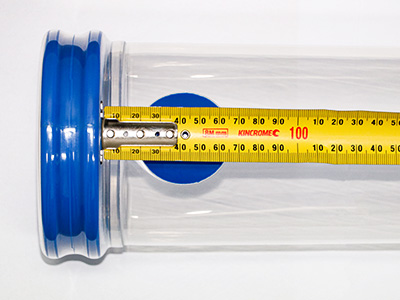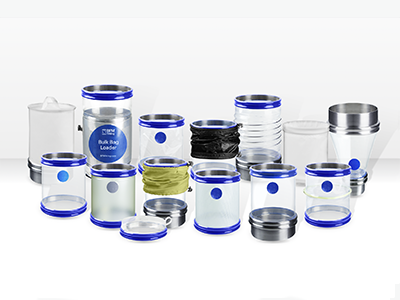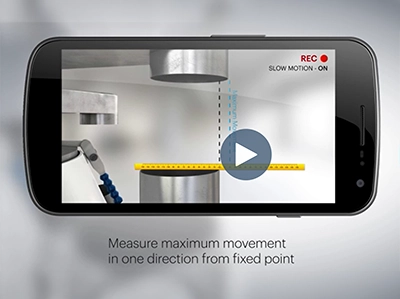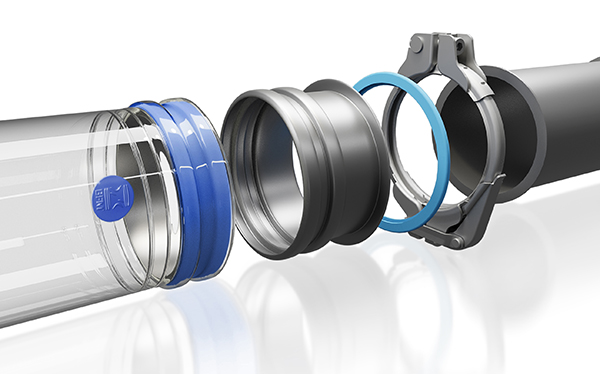- Static inline
- Static offset
- Vibrating
- Oscillating
This is important as an installation with movement requires a different installation gap/connector length to a static installation.
The BFM® fitting system consists of a BLUEBAND™ flexible connector and, in most instances, two steel adaptors called spigots that are welded onto the machinery/pipes being connected.
To maximize the performance of a BFM® fitting system, the initial installation must be done correctly. This is simple to do by following some basic guidelines.
If you are installing multiple connections, we recommend standardizing your flexible connectors wherever possible to make inventory control more streamlined and sustainable.
This comprehensive guide walks you through every step of the process, from accurate measurement and spigot installation to snapping in connectors and troubleshooting.
With clear instructions and expert tips, you’ll achieve a perfect, leak-free and dust-free fit.

This is important as an installation with movement requires a different installation gap/connector length to a static installation.
Measure the total possible space available between the two points to be connected.
This should include anywhere you could cut your tubes/pipes down to if necessary.
Knowing how much space there is available for the installation is especially helpful if you are doing multiple installations and would like to try and standardize the size of your connectors.
Measure the diameter on all connection points. If your inlet and outlet connection points are different diameters, we usually recommend resizing your pipework if possible so they are the same to simplify ordering standard connector sizes.
If you are installing multiple connectors, we recommend choosing a standardized connector size wherever possible and adapting your pipework to fit for future supply chain sustainability.
Plan to align any offsets / straighten any angles where possible to maintain the integrity of the BFM® connector.
Where alignment isn't possible due to space constraints for example, offset measurements should be taken.
Measure any movement (or offsets that can't be straightened).
For movement:
Once you've got your measurements, You can use the BFM® Calculator to identify the perfect fit, or contact your local authorized BFM® Distributor for assistance.



From understanding our connector limitations to tips on welding your spigots in place, we've got videos and downloadables to help you make the most...

There are many benefits of installing a BFM fitting system and these provide significant long-term savings to your business that will far outweigh the initial purchase and installation cost.
